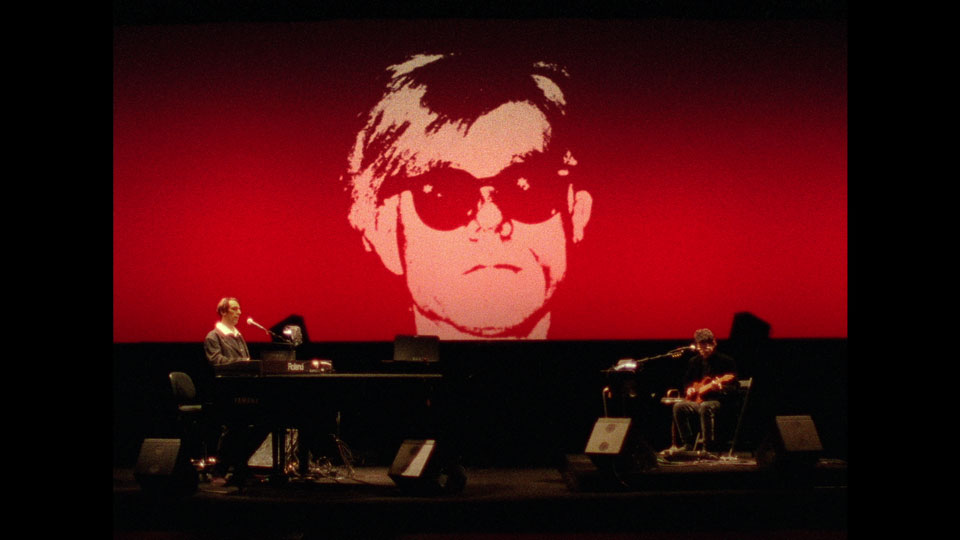On-Site

SILENT&CLASSIC FILM
100 Years of the Pathé-Baby: Western Films
Screening INFO
- Date & Time
- 10/15(Sat) 10:00-
- Locaiton
- Toy Film Museum
Notes
Since this year marks the 100th anniversary of the birth of the Pathé-Baby, the Kyoto International Film and Art Festival's Classic Film Special called for a Pathé-Baby discovery project, collecting and restoring Pathé-Baby films that are currently lying dormant in homes, and digitizing these images.
These precious films will be screened with live piano accompaniment and commentary.
Pathé-Baby
Exactly 100 years ago, in 1922, the Pathé Company sold a small movie 9.5mm film, camera, and projector under the name Pathé-Baby (Pathéscope in the UK and Pathex in the US). This made it possible not only for the general public to easily watch small films at home, but also to make home movies (private films).
The Pathé-Baby was 9.5mm, a specially shaped film with feed holes in the center of the screens, and was most popular from the mid-1920s to the 1940s. After WWII, 8mm, VHS, and DVD became popular making Pathé-Baby short-lived because of its special format. Today, it serves as documentary footage during a limited period of time in the early Showa era (1926-1989). In particular, the 1920s was the heyday of silent films, and some films, whose originals have now been considered lost, can be found in some Pathé-Baby projectors. Even home movies are invaluable recordings of the Showa era, and many of these images, such as family scenes, daily life, cityscapes, events, festivals, and fashions, can only be seen on a Pathé-Baby, creating a historical and cultural heritage value for us today.


